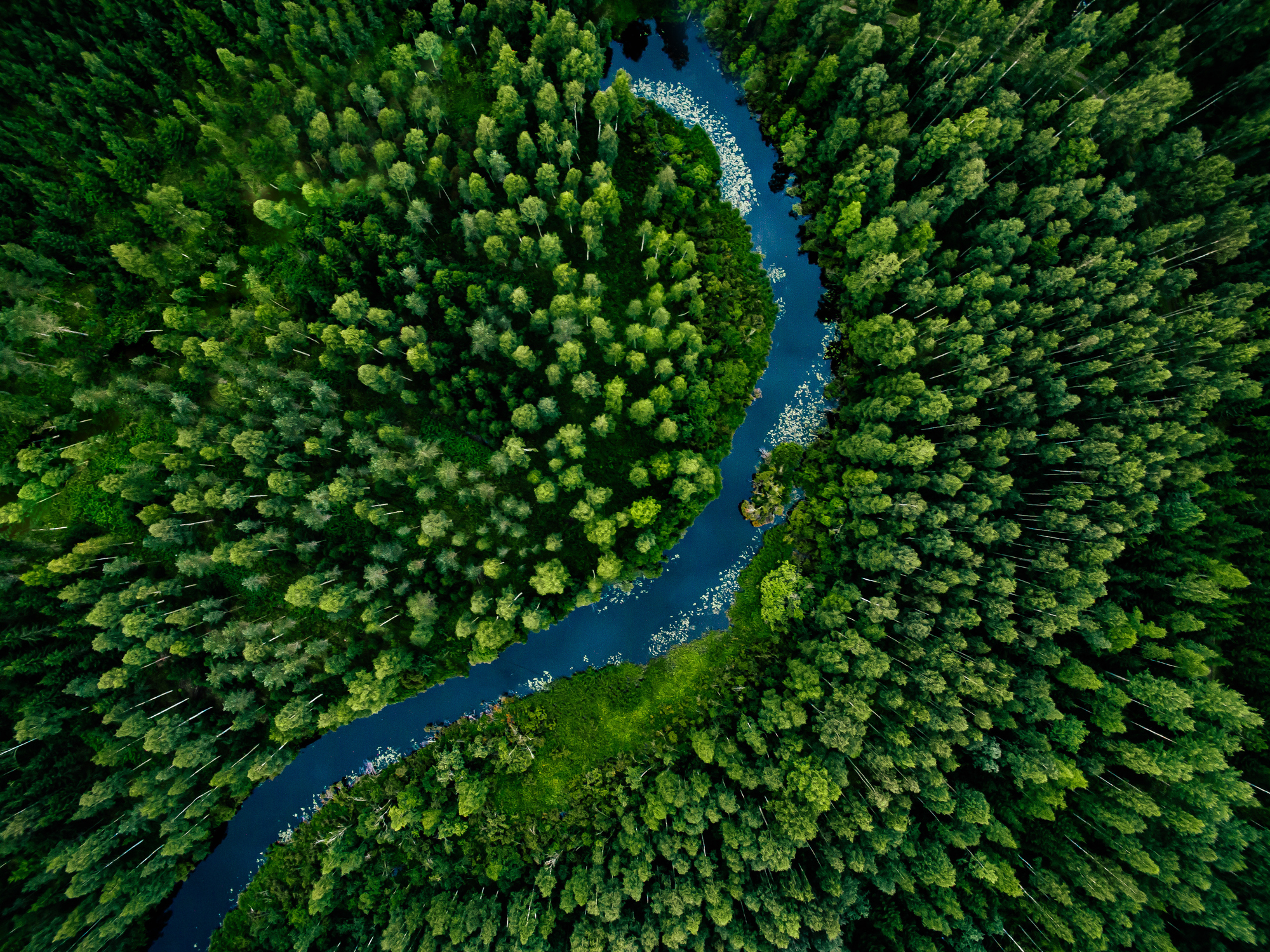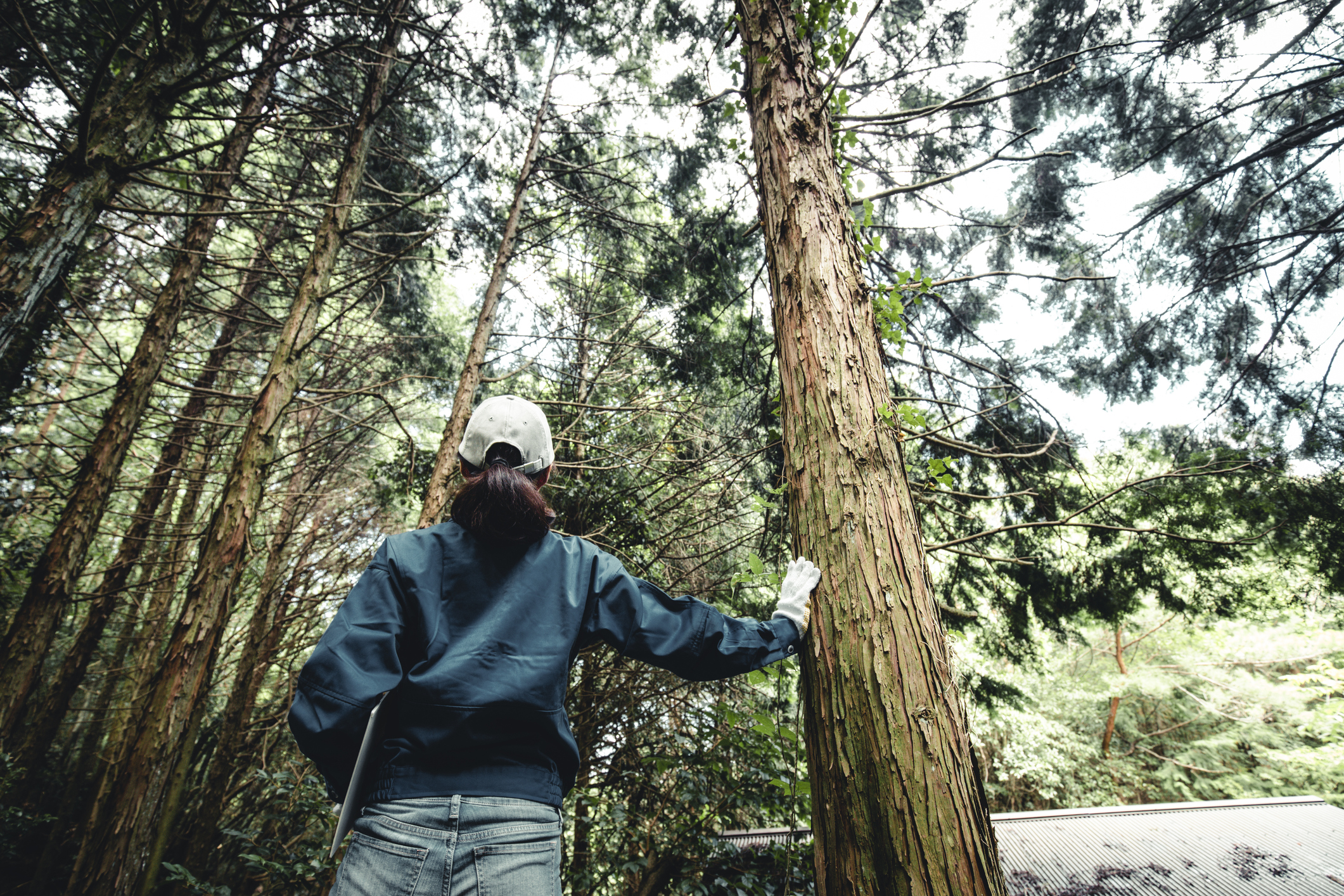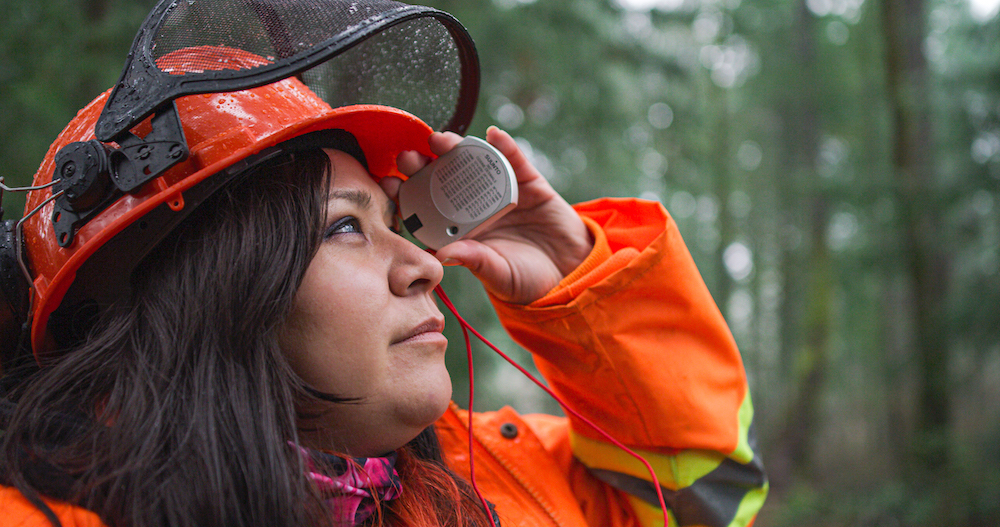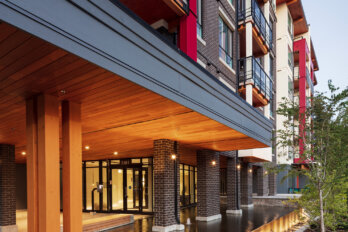When it comes to curbing climate change in Canada, our forests are key. These vast, thickly wooded areas aren’t just a uniting backdrop to our national identity, they also play a monumental role in maintaining the country’s—and the earth’s—carbon balance.
About 35 percent of Canada’s landmass is made up of forests. They are our greatest and most treasured asset. But, just as their ability to absorb and sequester carbon dioxide is becoming all the more vital in tempering rising greenhouse gas emissions, our forests are increasingly under threat from the effects of climate change.
A delicate carbon balance
As most of us learn in grade school, trees and other plant life use photosynthesis to convert sunlight, water, and CO2 into oxygen. In a forest, trees have the ability to draw in an incredible amount of carbon and lock it in their trunks beneath the soil. However, when trees burn, get infested, and eventually die, all that sequestered carbon is released back into the atmosphere.
Up until twenty years ago, our forests could be counted on to pull more carbon from the atmosphere than they were emitting. But in recent years, they’ve been releasing more carbon than they absorb due to longer and drier hot seasons, an upswing in insect outbreaks, and the mounting frequency of fire and wind events (all effects of climate change).
Within Canada’s publicly owned and managed forests, strategies vary when it comes to tempering carbon emissions. There is a delicate balance that the forest sector works to achieve in helping forests both survive and thrive in the face of climate change.
“If you skew toward [trying to maintain] older forests, you risk increasing opportunities for fire. And it’s a hotter, more intense fire than what we would have seen in the past, even with an aged forest,” says Wendy Crosina, Director of Forest Sustainability at Weyerhaeuser. “So, the opportunity from a forest harvesting perspective is to harvest a portion of those older forests and capture that carbon before it’s lost to emissions in the atmosphere.”
Climate-smart forestry practices also include finding innovative ways to actually keep carbon sequestered within products that are made from harvested trees—because the use of such products can make a significant impact in cutting emissions throughout Canada and beyond.

Timber towers
Following guidance from the United Nations, Canada has pledged to hit a target of net-zero emissions by 2050. And one of the biggest advantages we have in our effort to hit that goal is our trees.
Patrick Crabbe is the Director of Mass Timber for Bird Construction. He grew up in a third-generation forestry business that owned sawmills across New Brunswick and the state of Maine. As he tells it, his diapers were changed in the sawdust pile.
At Bird, Crabbe hopes to eventually replace concrete and steel with mass timber in the construction of buildings. “Mass timber is the lowest carbon infrastructure solution in the world right now that is globally accepted for building codes in all major countries,” he says.
As governments continue to incentivize clean energy use, Crabbe predicts the next biggest area of focus will be on construction materials. And he sees mass timber—which is made by layering laminated and compressed wood into ultra-strong panels—as the ticket to getting the building sector to net zero.
While concrete remains the most used material in construction, it also happens to be responsible for 8 percent of the world’s carbon emissions. Trees, meanwhile, retain much of the carbon they’ve absorbed even after they’ve been harvested and turned into various wood, lumber, and paper products. In fact, dry carbon makes up 40 to 60 percent of a forestry product, and that carbon is only released, slowly, when the product starts to decay or break down.
According to Crabbe, mass timber is both durable and long-lasting, making it an optimal choice not just in new construction projects, but also for energy retrofits. Often when home and building owners are retrofitting a structure—which is usually done to save on future energy costs—they don’t think to incorporate carbon-friendly materials like mass timber into the process, thus defeating a key purpose of sustainable construction. “If you put a whole bunch of carbon-intensive materials into a retrofit to make a building more efficient, by 2050 you won’t have [mitigated your] carbon impact due the materials that you chose,” he says.
Sustainable Forestry by the Numbers
362
Millions of hectares of forest
in Canada
70+
Percentage of First Nations people living near or in forested land
140
Native tree species in Canada
0.5
Percentage of Canada’s forests that get harvested every year
30
Megatons of CO2 equivalent emissions pulled out of the atmosphere by the forestry sector every year (the equivalent of powering 3.6 million homes per year)
46
Percentage of greenhouse gas emission reductions made in the forest sector between 2005 and 2018
761
Number of mass timber projects in Canada, from bridges to expansions of existing buildings
6
Percentage of Canada’s energy supply made up of biomass energy
94
Percentage of Canada’s forests that are publicly owned and managed

Forest fuel
Mass timber is just one example of how Canada’s forest sector is finding innovative and climate-friendly applications for its raw materials. Another example is the use of wood-based bioenergy in place of the diesel that is flown up north to provide remote communities with heat and power.
“Diesel is very expensive, and it’s an environmental hazard,” says Paul Robitaille, Senior Indigenous Relations Advisor to the Sustainable Forestry Initiative. “It becomes even more [expensive and hazardous] as climate change affects the predictability of the winter season, when communities typically have to get all of their supplies.”
Recently, National Resources Canada ran a pilot study in Fort McPherson in the Northwest Territories to determine the feasibility of switching from imported diesel to wood chips made from locally harvested willow and imported pellets made from sawmill residues.
They found that this switch could lead to a savings of 32,166 tons of CO2—the equivalent of over 11 million litres of diesel—over a period of 100 years. Along with the emissions savings, the switch would also offer more employment and leadership opportunities to the local community, keep money in the local economy, and find new life for the often-overlooked parts of the trees, like the leaves and the bark.
“We’re thinking critically about what we can do in our own backyard to stop this cycle of resource sector outflow from areas where Indigenous peoples live, and instead use it to build strong and resilient economies around things that people know, love, and have a vested interest in maintaining,” says Robitaille.
In his role, Robitaille works with different forestry companies and local communities to boost Indigenous participation in sustainable forestry. Recently, he’s seen major strides across government, private corporations, and on the education side to bring more Indigenous leadership into the fold and empower young people who are interested in pursuing a career in the sector.
“The future we need to move toward is one where we have not just thought about, but really brought about, a much deeper level of participation and equity, recognizing that Indigenous rights holders are the sovereign nations in [forested] territories,” Robitaille says. “It is simply right that they should be playing those leadership roles.”

Forestry for the future
The forest sector, by nature, has to look forward. Not only is sustainable forest management actual law in Canada, and a crucial piece of our net-zero emissions target, it also strengthens the sector itself, which directly employs more than 205,000 people in Canada, approximately 12,000 of whom are from Indigenous communities.
“We’re not only thinking about what’s going to happen in the next two years, the next five years, or the next fifty years,” says Wendy Crosina. “We’re thinking about what’s going to happen in the next 200 years.”
To ensure a future full of thriving forests and empowered communities across Canada, the sector is constantly looking for new ways to harvest responsibly, develop stronger and more resilient trees, and maintain the earth’s carbon balance—not just for now, or for 2050, but for centuries to come.
A special supplement from the Forest Products Association of Canada.
For more information, visit forestryforthefuture.ca



